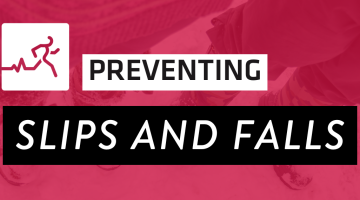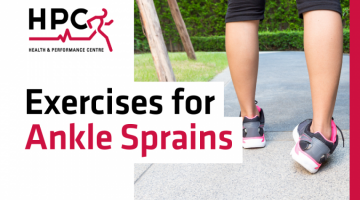Osgood-Schlatter Disease

Osgood-Schlatter disease involves inflammation just below the knee where a bony structure called the tibial tubercle covers the growth plate in the shinbone (the tibia). The muscles in the thigh force a tendon in the knee to pull on this bony structure, which leads to swelling and knee pain.
Osgood-Schlatter disease is usually caused by rapid growth spurts when muscles, bones and tendons are changing quickly. Therefore, it is most often found in adolescents who are rapidly growing. Children who are actively involved in physical activity, especially sports that involve running and jumping, are at higher risk due to the increase in stress on bones and muscles.
Signs and Symptoms of Osgood-Schlatter Disease
-
Feeling pain just below the kneecap in one or both knees
-
Bump under the kneecap caused by swelling
-
Tight muscles in the front or back of the thigh
How is Osgood-Schlatter Disease Diagnosed?
During an examination, a health professional will discuss symptoms and inspect the knee. To diagnose, they will apply pressure just below the knee at the bony structure called the tibial tubercle. Individuals with Osgood Schlatter disease will feel pain when this area is touched.
In addition, the practitioner may ask the child to walk, jump, run or bend their knee to determine movements that bring the onset of pain. An X-ray to examine the bones of the shin and leg may also be ordered to confirm the diagnoses or rule out other possible problems.
How is Osgood-Schlatter Disease Treated?
Treatment for Osgood-Schlatter’s focuses on reducing swelling and pain, which often involves limiting exercise and increasing rest. In some cases, your health practitioner may determine that a period of rest from sport is necessary. However, in most cases it is safe to continue to participate in physical activity without adversely affecting the knee.
Additional treatment methods may include:
-
Seeing a physiotherapist who will provide you with specific stretches for the front of the thigh (quadricep muscles) and the back of the thigh (hamstring muscles) to help relieve pain. Strengthening exercises for the quadricep muscles and leg to stabilize the knee joint may also be recommended.
-
Over-the-counter anti-inflammatory medication such as Tylenol, Advil or Aleve to reduce swelling and pain
-
Icing below the knee for 20 minutes, several times a day may reduce swelling and pain. Do not apply ice directly to skin.
-
Wear a pad over the knee while participating in sports to protect the sore area
-
Wearing a patellar tendon strap below the kneecap to distribute some force away from the shinbone during physical activity
-
Surgery is recommended in rare cases but not very often as symptoms will completely disappear when the adolescent growth spurt stops. This usually occurs around the age of 14 for girls and age 16 for boys.
If you have any questions about Osgood-Schlatter disease or our physiotherapy services at the health and Performance Centre, reach out to us today!
*About the HPC Student Volunteer Program*
Each year, approximately 30 University of Guelph students are selected following a competitive application process to take part in the “HPC Volunteer Program.” This program provides an opportunity for U of G student volunteers to translate their academic knowledge into practice, while gaining first-hand experience and mentorship from the team of certified physiotherapists and chiropractors at the University of Guelph’s Health and Performance Centre. As a result of this exceptional partnership between the University of Guelph and the HPC practitioners, students can gain valuable insight on evidence-based practice prior to graduating from their respective programs. Click here for more information on co-curricular experiential learning opportunities at the University of Guelph. This article was written by members of the 2021-22 HPC Student Volunteer Program.
References
Osgood Schlatter disease (knee pain). (2020). Orthoinfo.
https://orthoinfo.aaos.org/en/diseases--conditions/osgood-schlatter-disease-kneepain/
Mayo Clinic Staff. (2019). Osgood-Schlatter disease diagnosis & treatment. Mayo Clinic. https://www.mayoclinic.org/diseases-conditions/osgood-schlatter-disease/ diagnosis-treatment/drc-20354869
Mayo Clinic Staff. (2019). Osgood-Schlatter disease symptoms & causes. Mayo Clinic. https://www.mayoclinic.org/diseases-conditions/osgood-schlatter-disease/ symptoms-causes/syc-20354864



